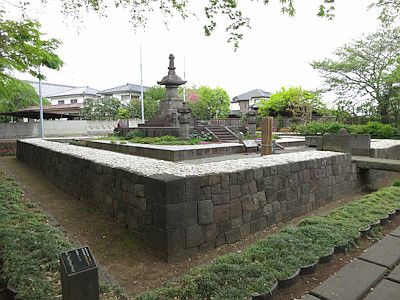Ikegami Honmonji Temple
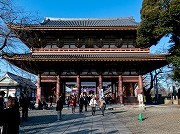 Ikegami Honmonji (池上本門寺) is a large Nichiren Buddhist temple located in southern Tokyo.
Ikegami Honmonji (池上本門寺) is a large Nichiren Buddhist temple located in southern Tokyo.
It is where Nichiren (1222-1282), the founding monk of Nichiren Sect, died in 1282, and this temple was founded by himself just before his death.
Though his grave itself was created in Kuonji, the head temple of the sect situated in Yamanashi Prefecture, by his will, Honmonji has been respected as the holy place of his death.
Although central components of the temple complex are post-war reconstruction, there are some buildings that survived WWII.
There is also a Japanese stroll garden called Shotoen, which will be opened to the public for several days in summer.
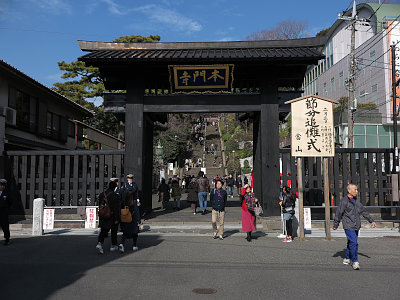
Somon was created in around late 17th century to early 18th century.
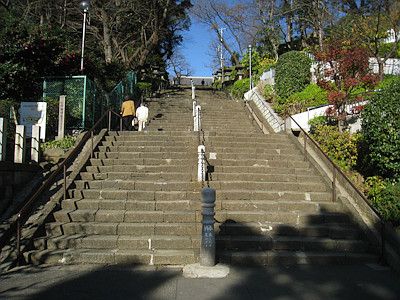
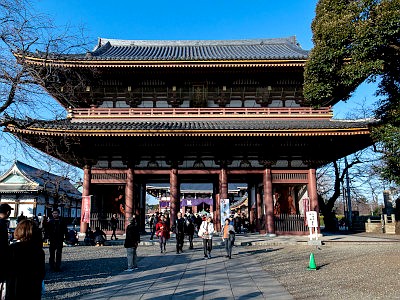
Niomon, also called Sanmon, is the gate which houses two statues of guardian divinities Nioh.
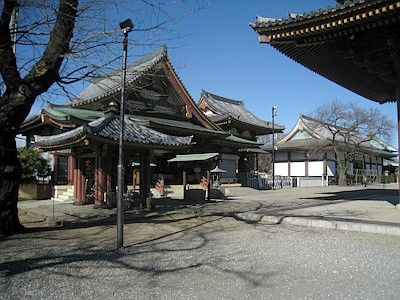
Nicchodo is a hall dedicated to Niccho, who was a head monk of this temple in the 15th century.

Daido, literally meaning "great hall", is the main hall. It is also called Soshido. It enshrines Nichiren Sect founder Nichiren.
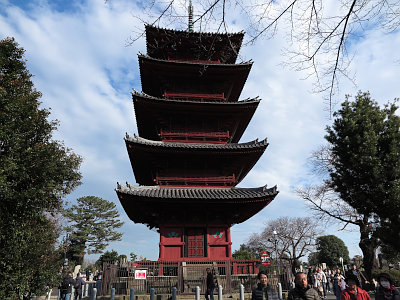
Goju-no-to (five-story pagoda) was erected in 1608.
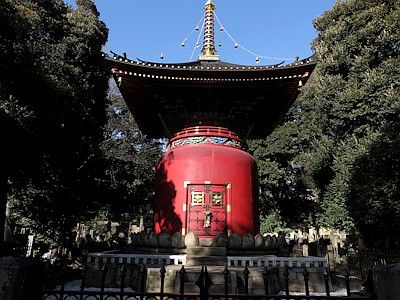
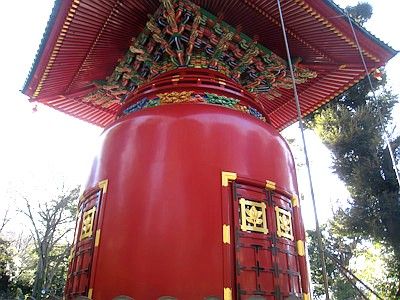
Hoto was erected in 1828 to commemorate the cremation of Nichiren. It stands where he was cremated.
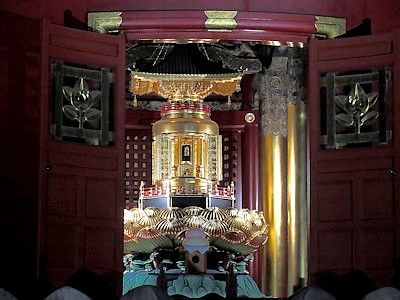
Small Hoto is housed inside Hoto. It is usually undisclosed, but during Oeshiki Festival (see below), it will be open to the public.
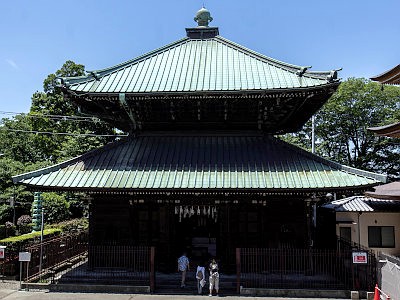
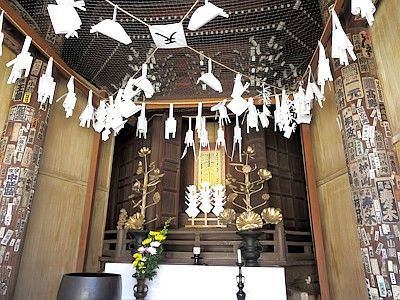
Kyozo, completed in 1784, is the building sutras are stored. You can see the octagonal shelf housed inside Kyozo.
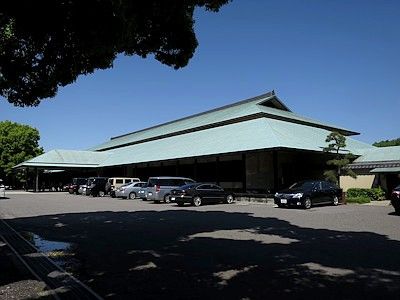
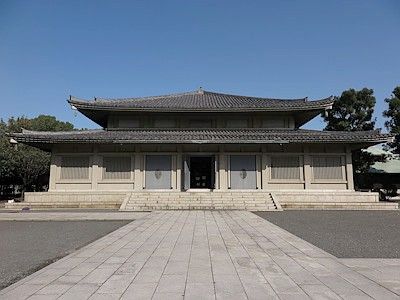
Honden is where Gautama Buddha is enshrined.
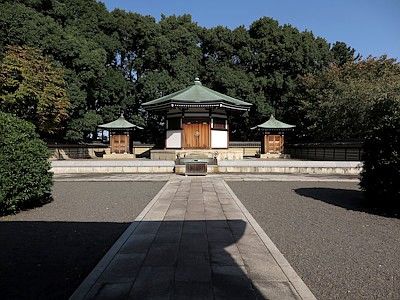
Gobyosho is where some of Nichiren's ashes are placed. He was burned here at Ikegami but his grave itself is situated in Kuonji Temple, the head temple of Nichiren School located in Yamanashi Prefecture.
Graves related to domain lords
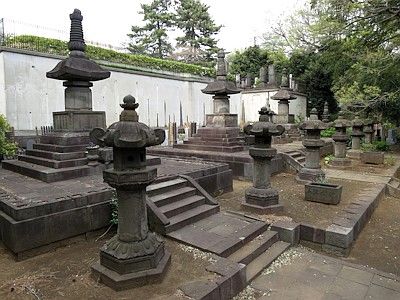
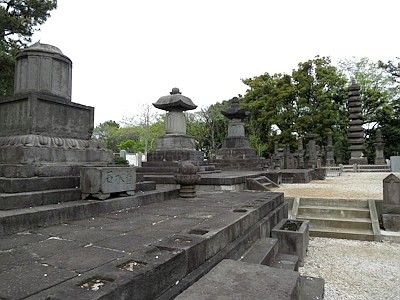
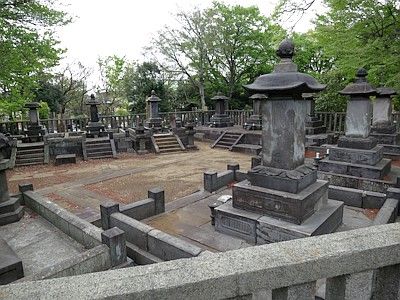
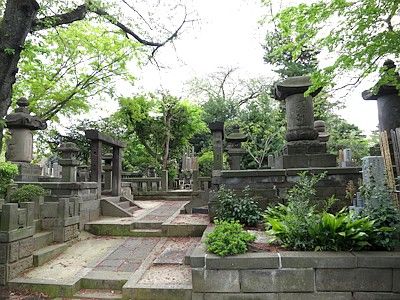
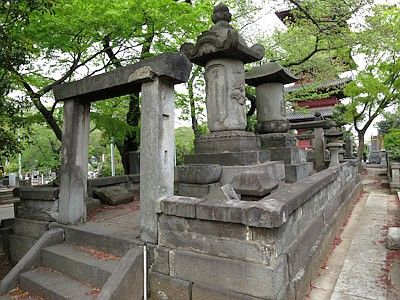
Shotoen Garden
Shotoen is a Japanese stroll garden completed in the 17th century. You can always see this garden through the windows of a restaurant in the temple. It will also be open to the public for several days some time around September.
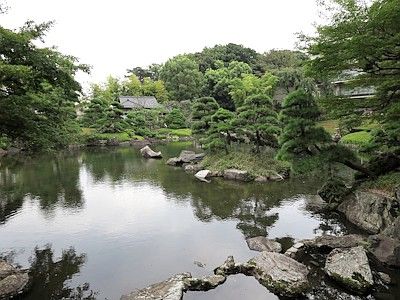
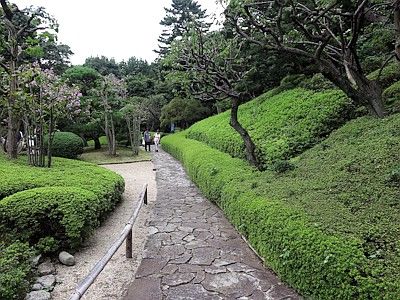
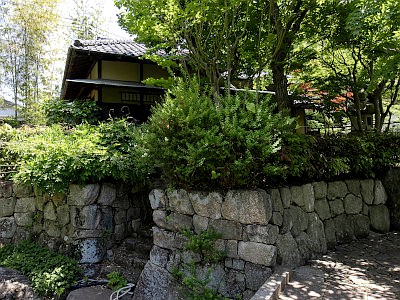
Notable Annual Events
Joya-no-kane & Hatsumoude
New Year
Joya-no-kane is a popular ritual which rings the huge bell of a temple, usually 108 times, around the time the New Year arrives. At Honmonji you can ring the bell for free but only 600 persons who received a numbered ticket handed out from 11pm have the privilege to do so.
Honmonji is also relatively well-known as a Hatsumoude site. Hatsumoude is a widely-performed custom of people paying their first visit to Shinto shrines or major Buddhist temples when the New Year arrives. The first three days of the year is commonly thought as the period most suitable for this event.
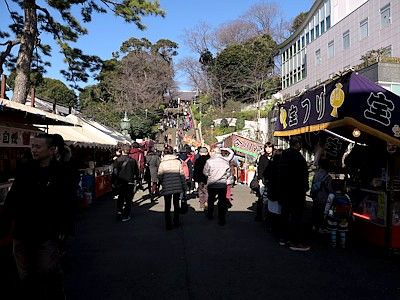
Setsubun Bean Throwing
February 3
February 3 is the Setsubun Day, which is the day before the beginning of the spring. On this day, though it's not a national holiday, many Buddhist temples and Shinto shrines hold a ceremony throwing beans saying "Come in luck, go away evil." Bean throwing at Honmonji is one of the most famous ones in Tokyo.

Spring Festival
First weekend of April
This event originated from Busshoe, aka Hana-Matsuri, the celebration of the birthday of Gautama Buddha. Buddha is said to have been born on April 8th so most Buddhist temples celebrate his birth on this day, but at Honmonji it is held on the first Sunday of April. On this day, there are parades, concerts, and what not. (There are some events on Saturday as well, but the main day is Sunday.)
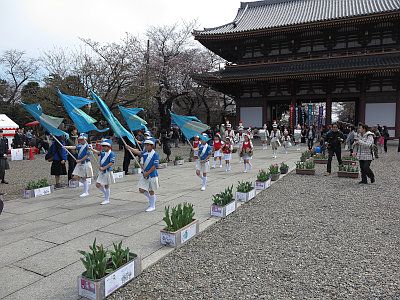
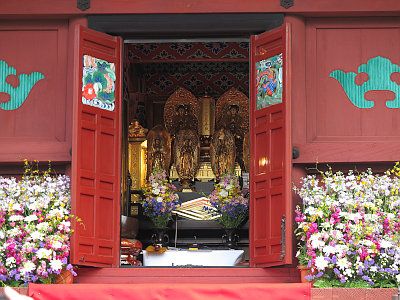
Bon-odori
August 4-5
The Bon-odori is a kind of traditional dance widely conducted in summer throughout Japan.
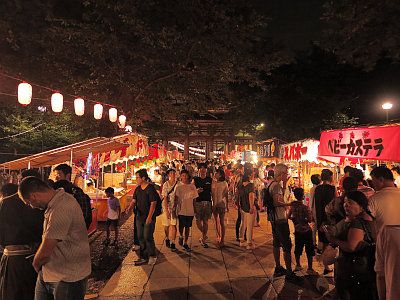
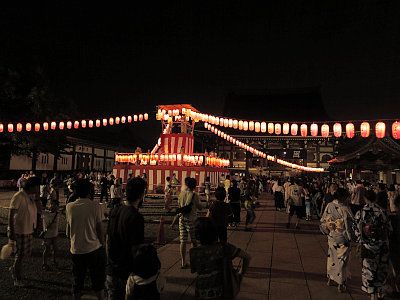
Oeshiki
October 11-13
The Oeshiki is a ceremony commemorating the anniversary of sect founder Nichiren's death and is held from October 11 to 13. It is one of the most notable traditional festivals in Tokyo. For visitors, the huge procession operated on the evening of October 12 is what-to-see. For details about this event, see the article on the Oeshiki.
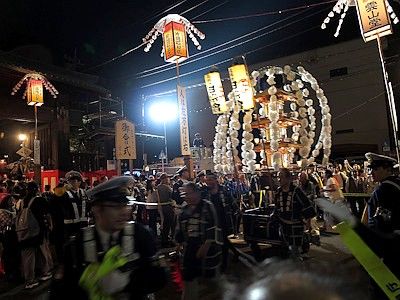
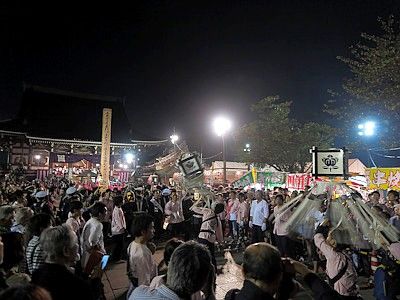
Hongyoji Temple
JapaneseIkegami Honmonji Temple is surrounded by a number of subsidiary temples. Of them, Hongyoji Temple (本行寺) is the highest ranked, since this temple is located where the house in which Nichiren had died was situated.
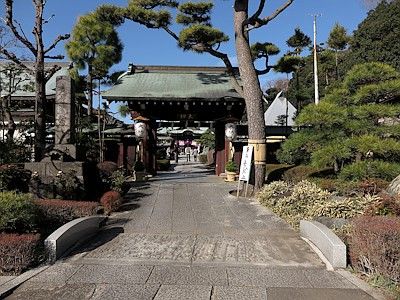
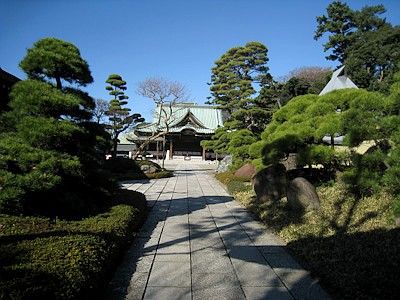
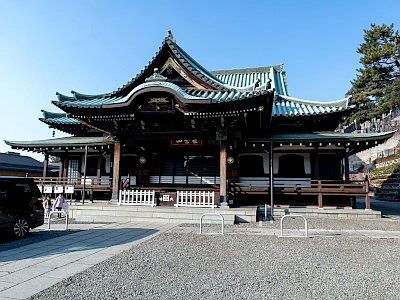
Hondo is the main hall. Present one was constructed in 1716 but was revamped largely in 1981.
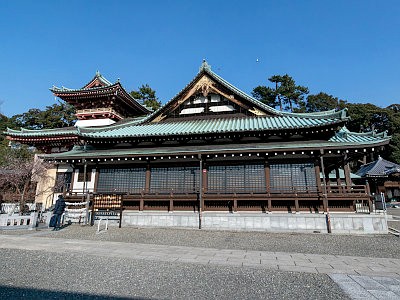
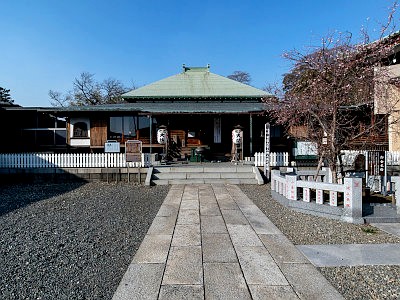
Where Gorinju-no-ma stands is said to be where the room Nichiren had died were located. Present building was reconstructed in 1952.
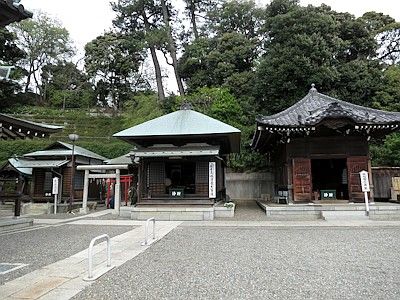
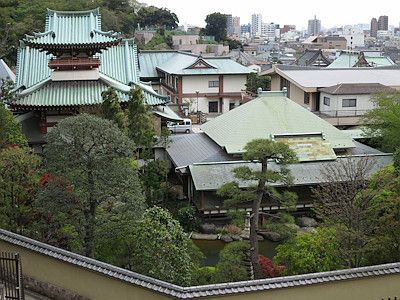
Graveyard of Hoshin'in
The graveyard of Hoshin'in (1631-1708), the legitimate wife of a domain lord, is open to the public as a park.
